Ditch the Grid: Why Indie RPGs Need Free-Form Movement in 2024
The year is 2024. Why are indie RPGs still clinging to tile-based movement like a life raft in a swimming pool?
It’s time to cut the cord. Free-form movement isn’t just a cosmetic upgrade; it’s a fundamental shift that unlocks creative combat, immersive exploration, and deeper player expression.
Here’s why indie RPGs need to ditch the grid and embrace the freedom of movement:
1. Combat Evolved: From Chessboard to Dance Floor
Tile-based combat feels like a slow-motion chess game. It’s strategic, sure, but often predictable and lacking the dynamism that makes real-time combat engaging.
Free-form movement turns the battlefield into a dance floor. Characters can weave, dodge, and flank with precision, opening up tactical possibilities that are simply impossible on a rigid grid.
Consider Divinity: Original Sin 2. While technically turn-based, its environmental interactions and character positioning feel incredibly dynamic thanks to free-form movement within that turn-based structure. This system allows for creative strategies involving fire, water, and elevation changes, all dependent on precise character placement.
Pillars of Eternity uses a real-time with pause system coupled with mostly free-form movement. The result is a more fluid combat experience where positioning and terrain matter significantly.
The challenge is in AI design. Developers need to create intelligent enemy AI that can effectively use free-form movement to their advantage, avoiding predictable patterns and forcing players to adapt. A common pitfall is creating enemies that simply rush the player, negating the tactical advantages of free movement.
2. Exploration Unleashed: Discover the Details
Tile-based movement often leads to environments that feel artificial and constrained. Every object is perfectly aligned to the grid, eliminating the organic feel of a real world.
Free-form movement allows for a more nuanced and detailed approach to level design. Environments can be more irregular, with objects placed in a way that feels natural and believable.
Imagine exploring a dense forest where every tree is perfectly aligned to a grid. Now imagine the same forest with trees scattered organically, creating winding paths and hidden clearings.
This difference is subtle but powerful. Free-form exploration can create a sense of wonder and discovery that tile-based movement simply can’t match.
A perfect example is the Witcher 3. While not strictly an indie game, its open-world design and free-form movement allow players to truly lose themselves in the world. The environments feel lived-in and authentic, thanks to the meticulous placement of objects and the absence of a rigid grid.
Create a free account, or log in.
Gain access to free articles, game development tools, and game assets.

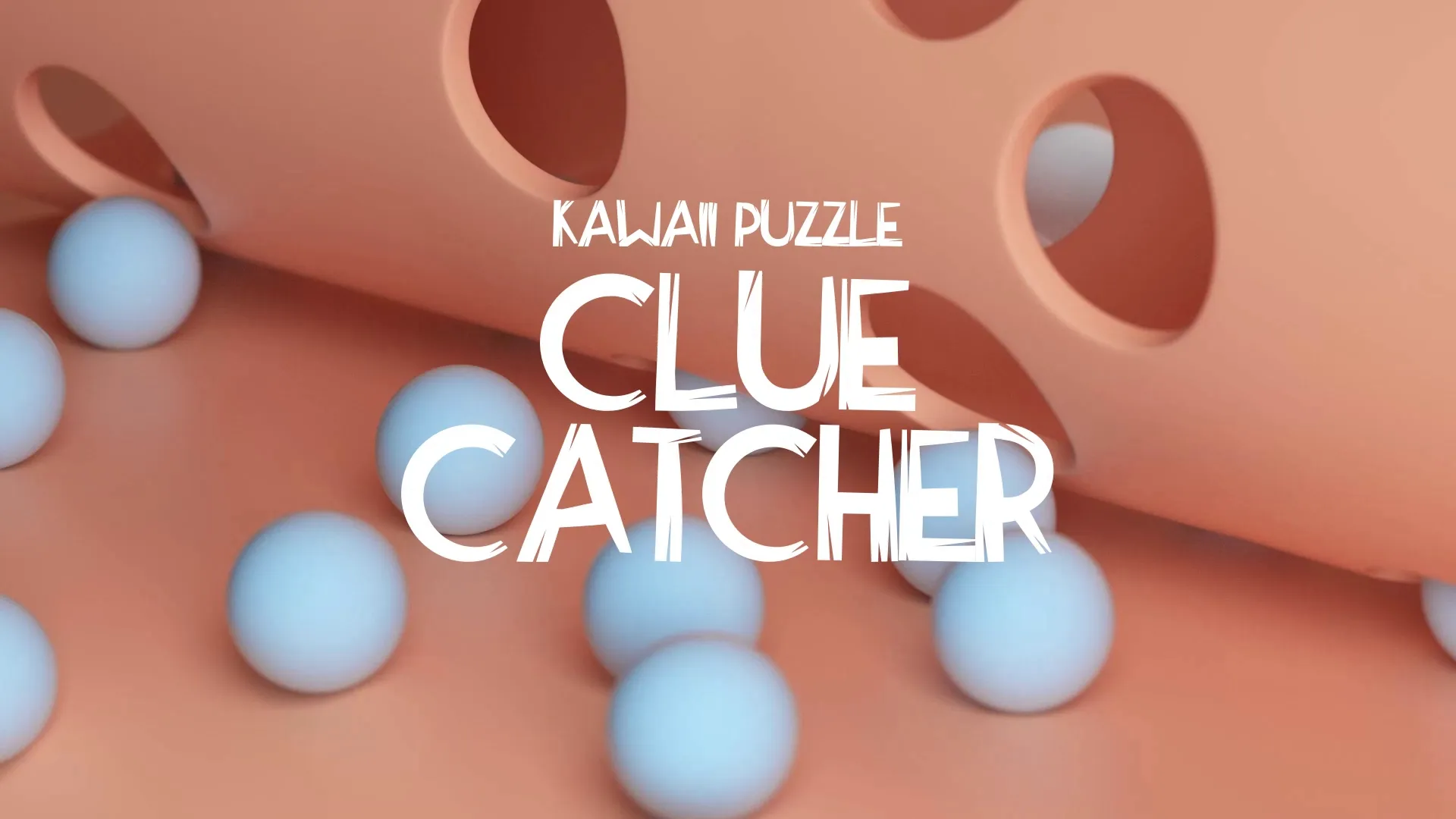
.webp)
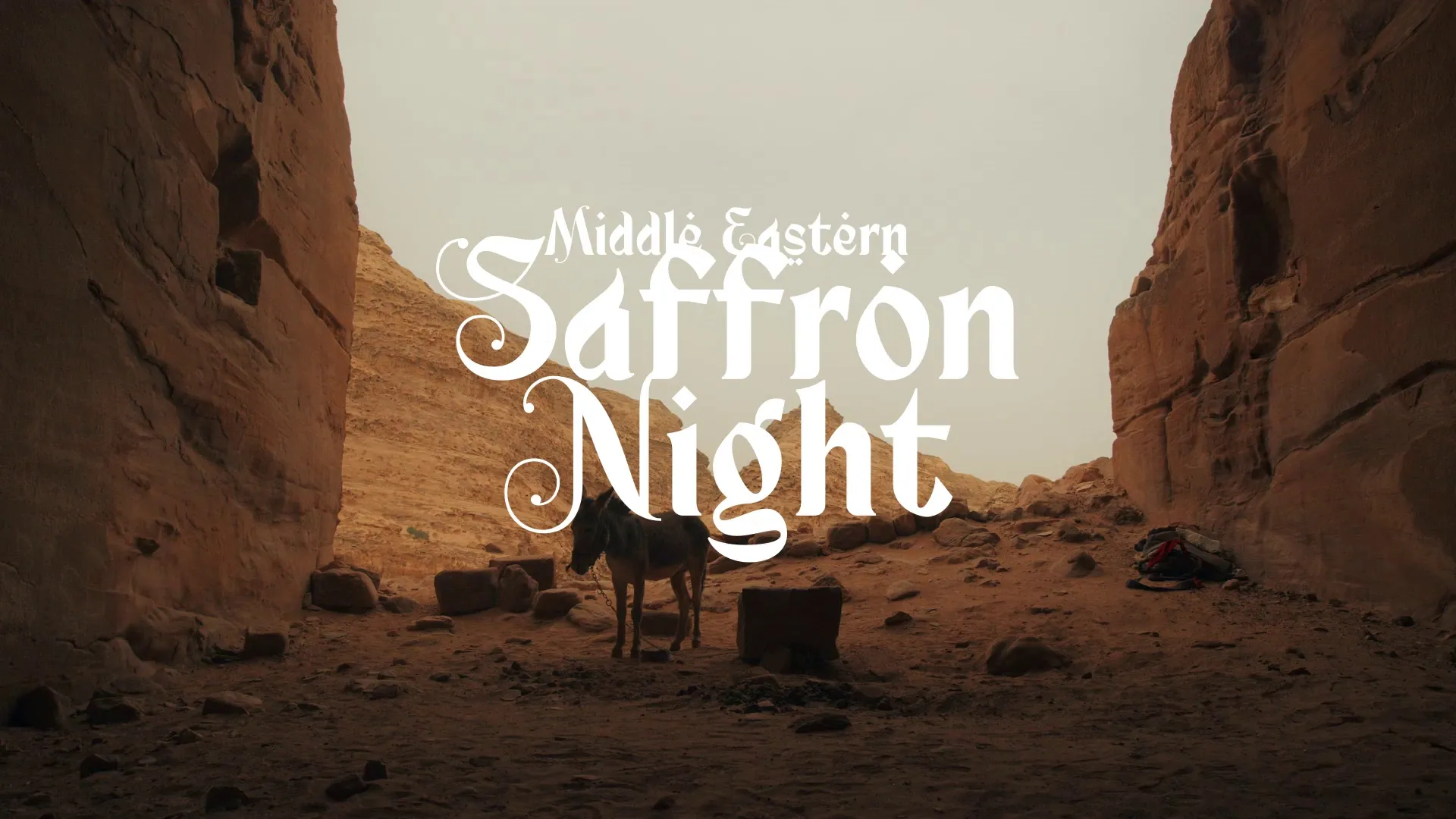
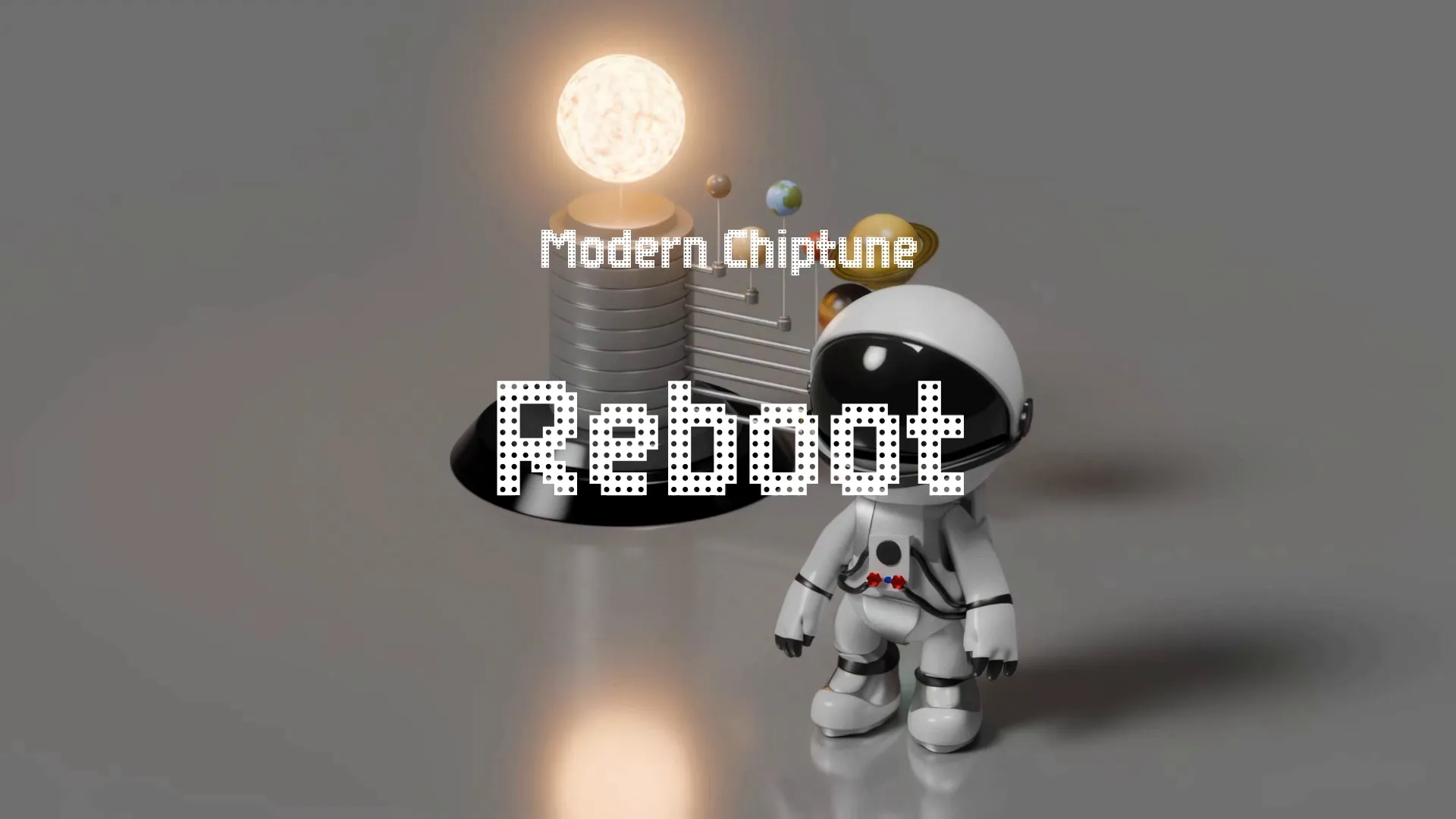

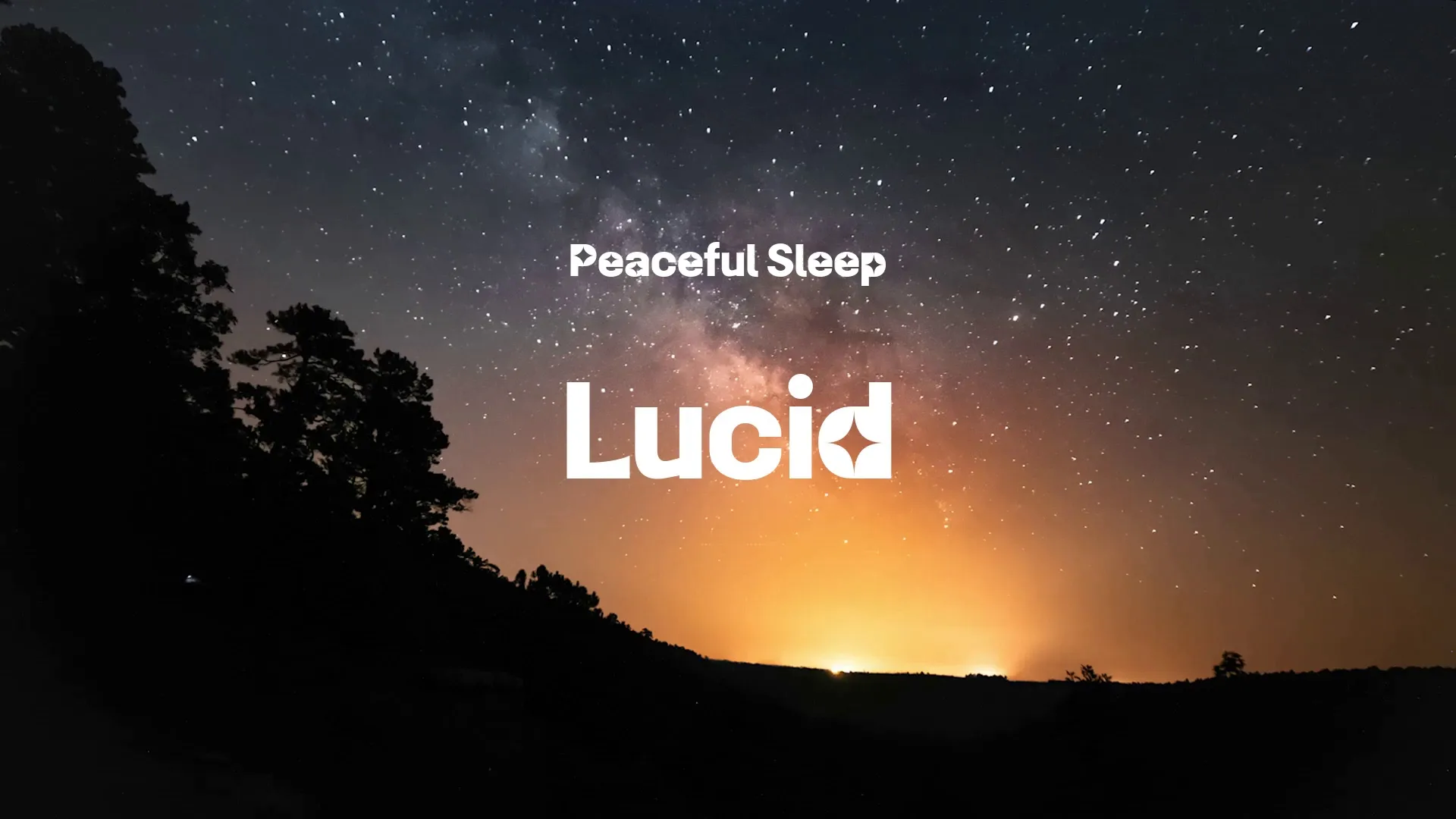


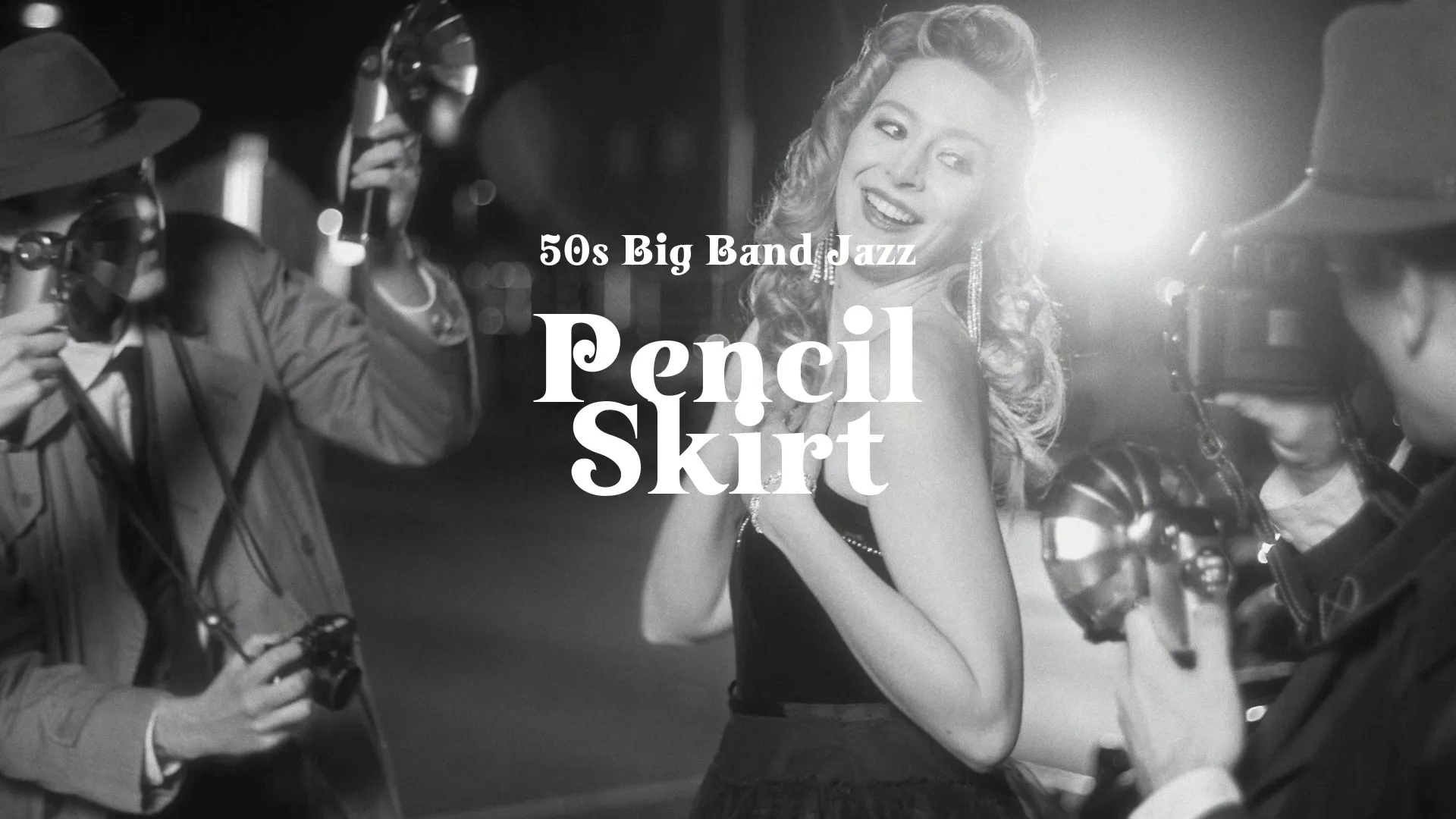
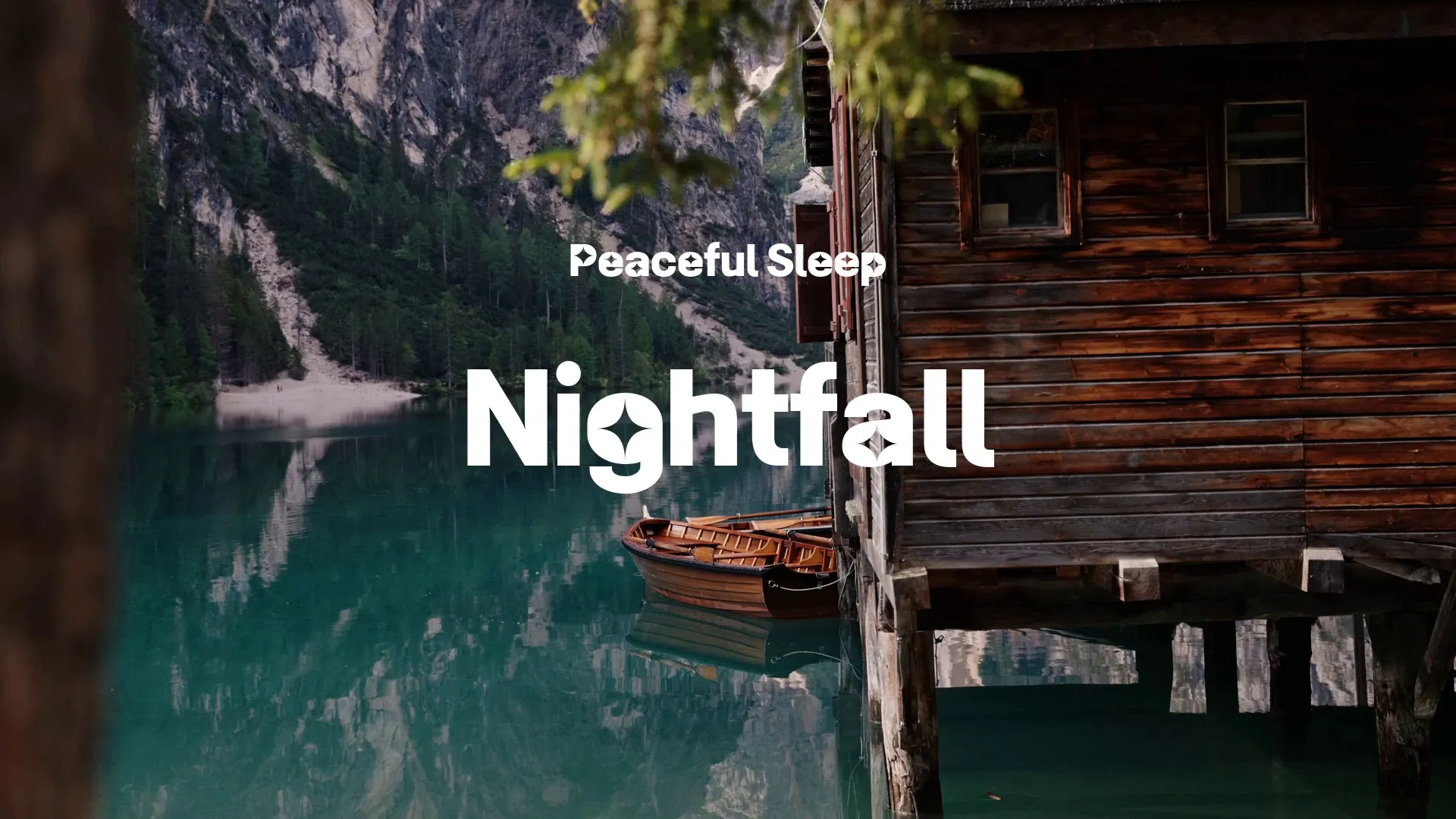


.webp)
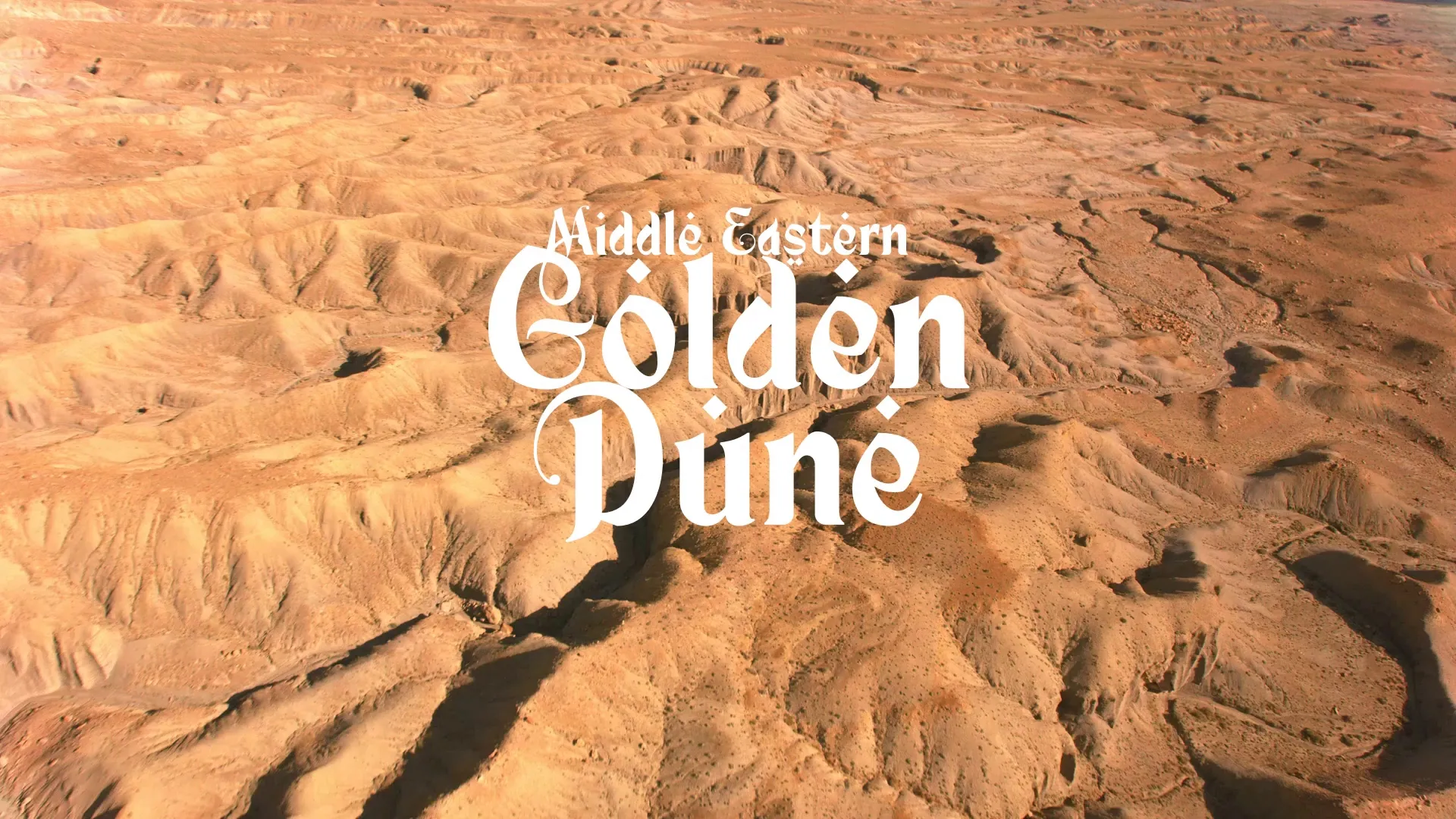
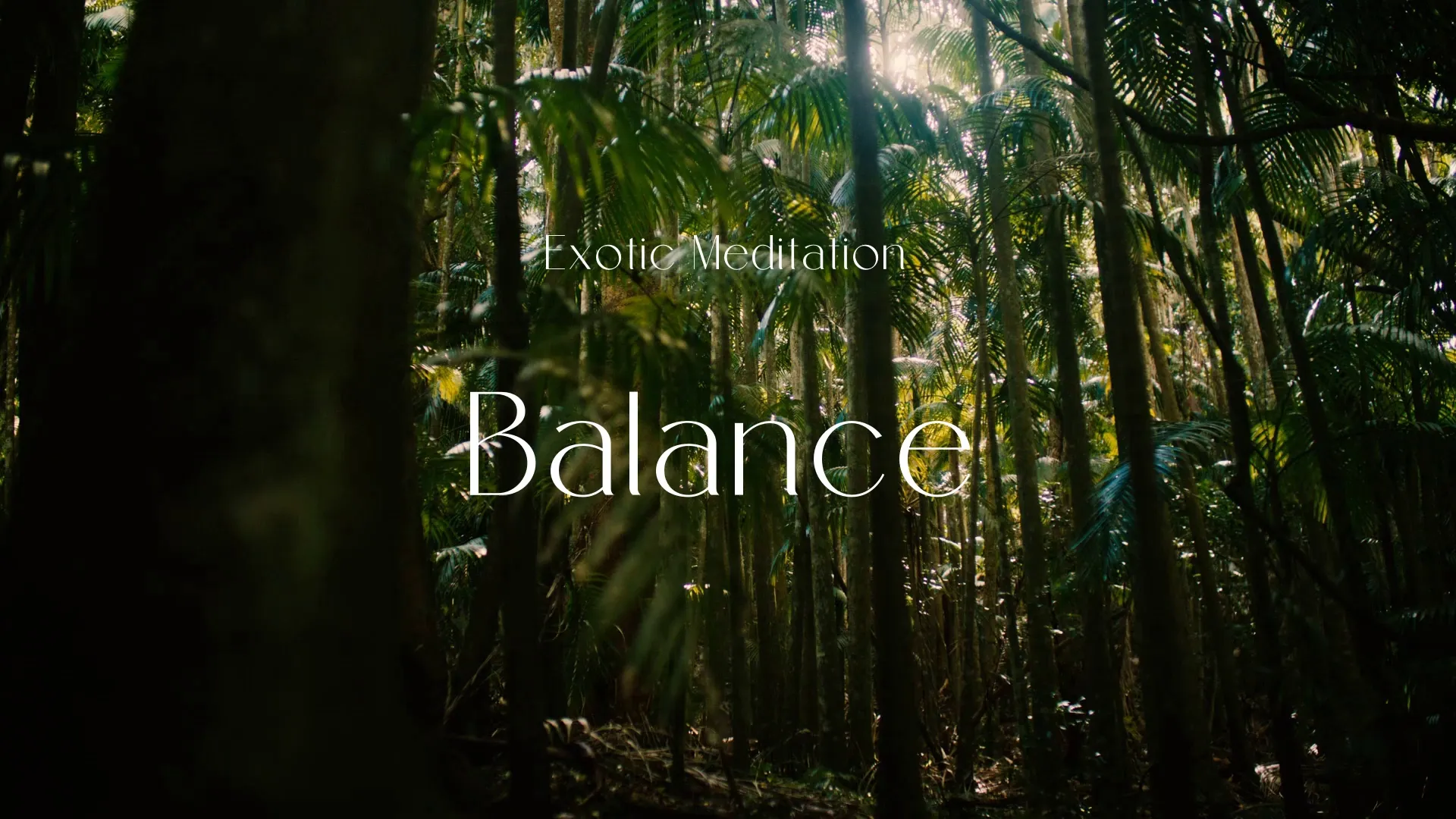
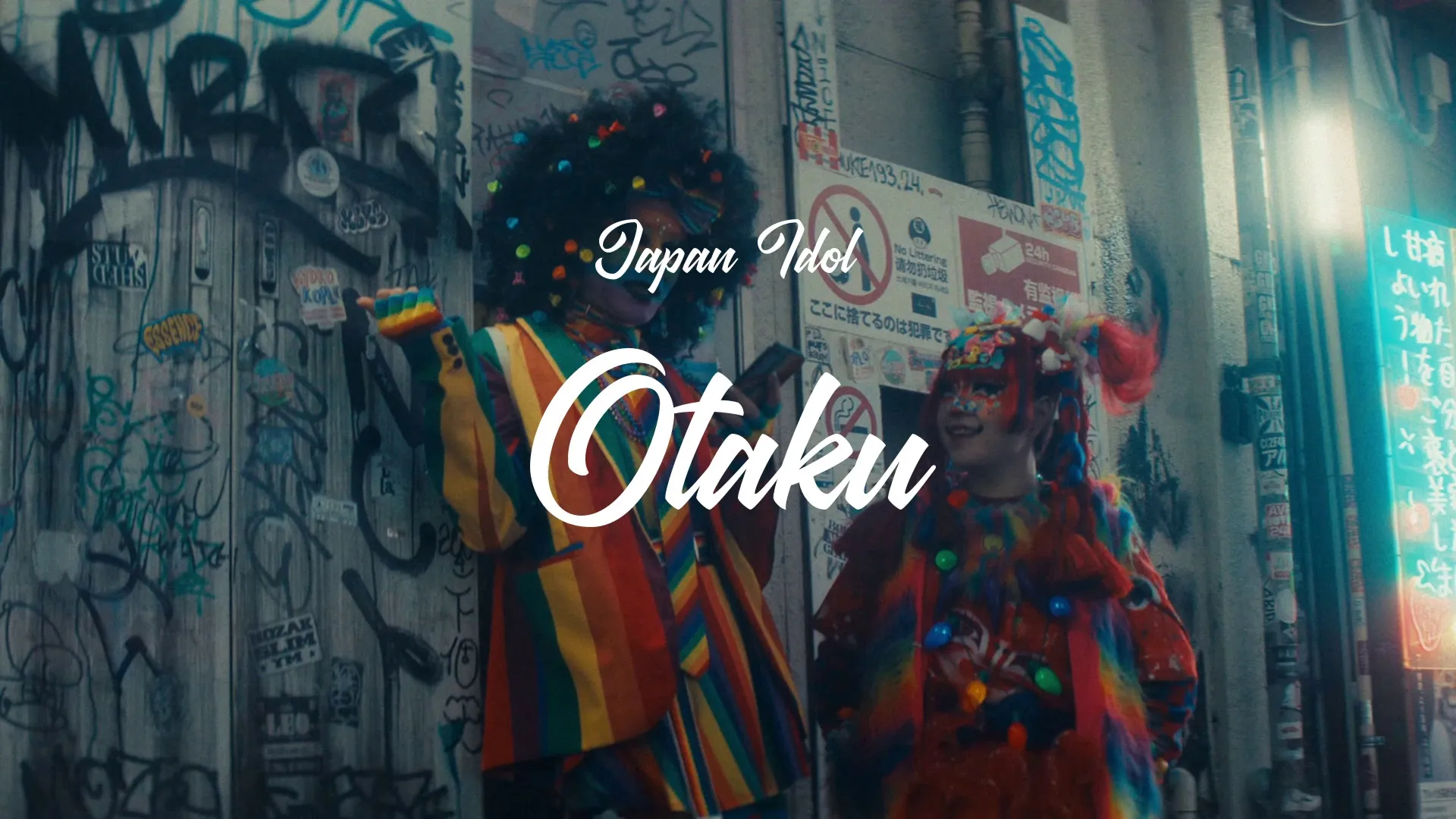
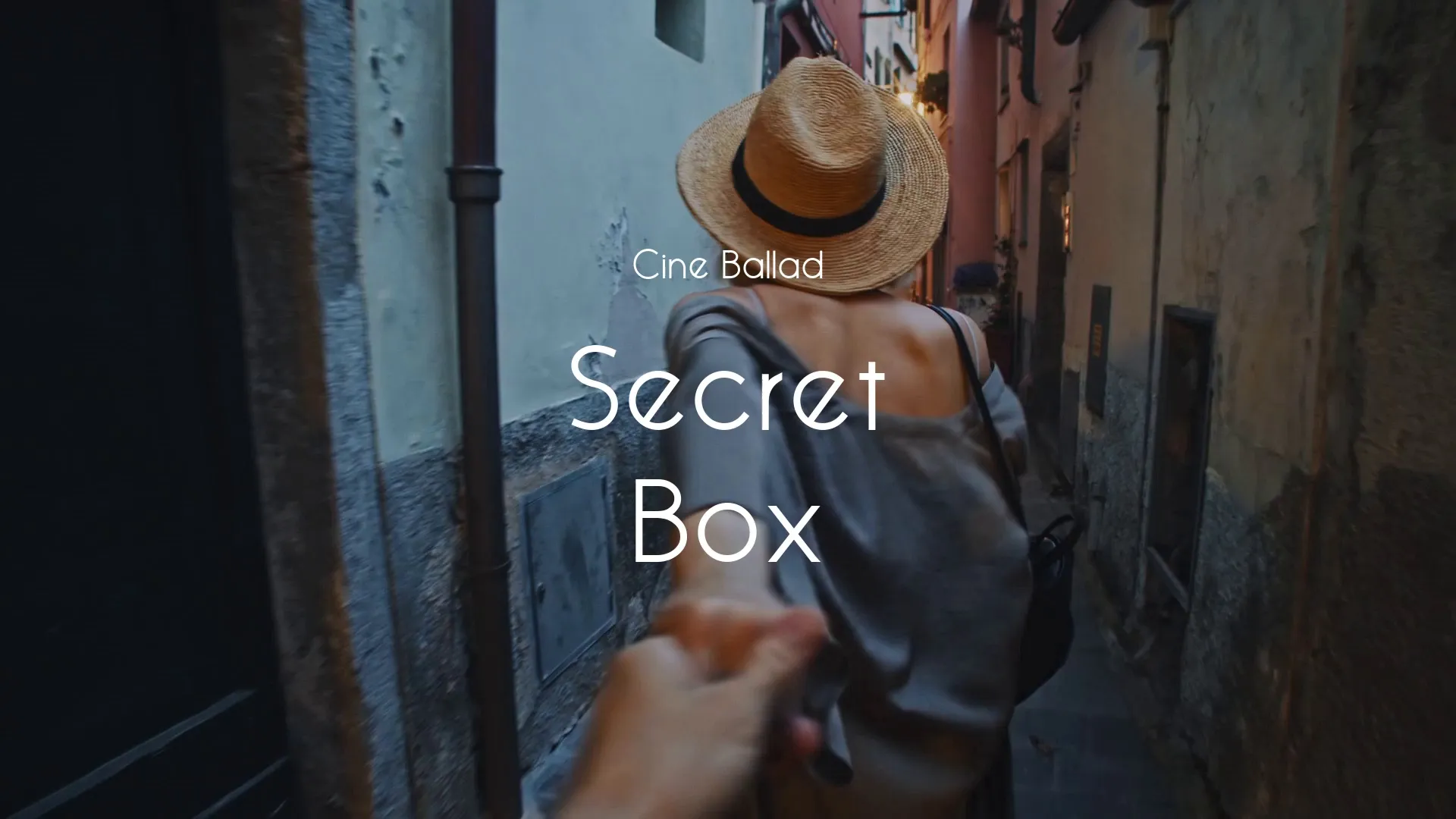
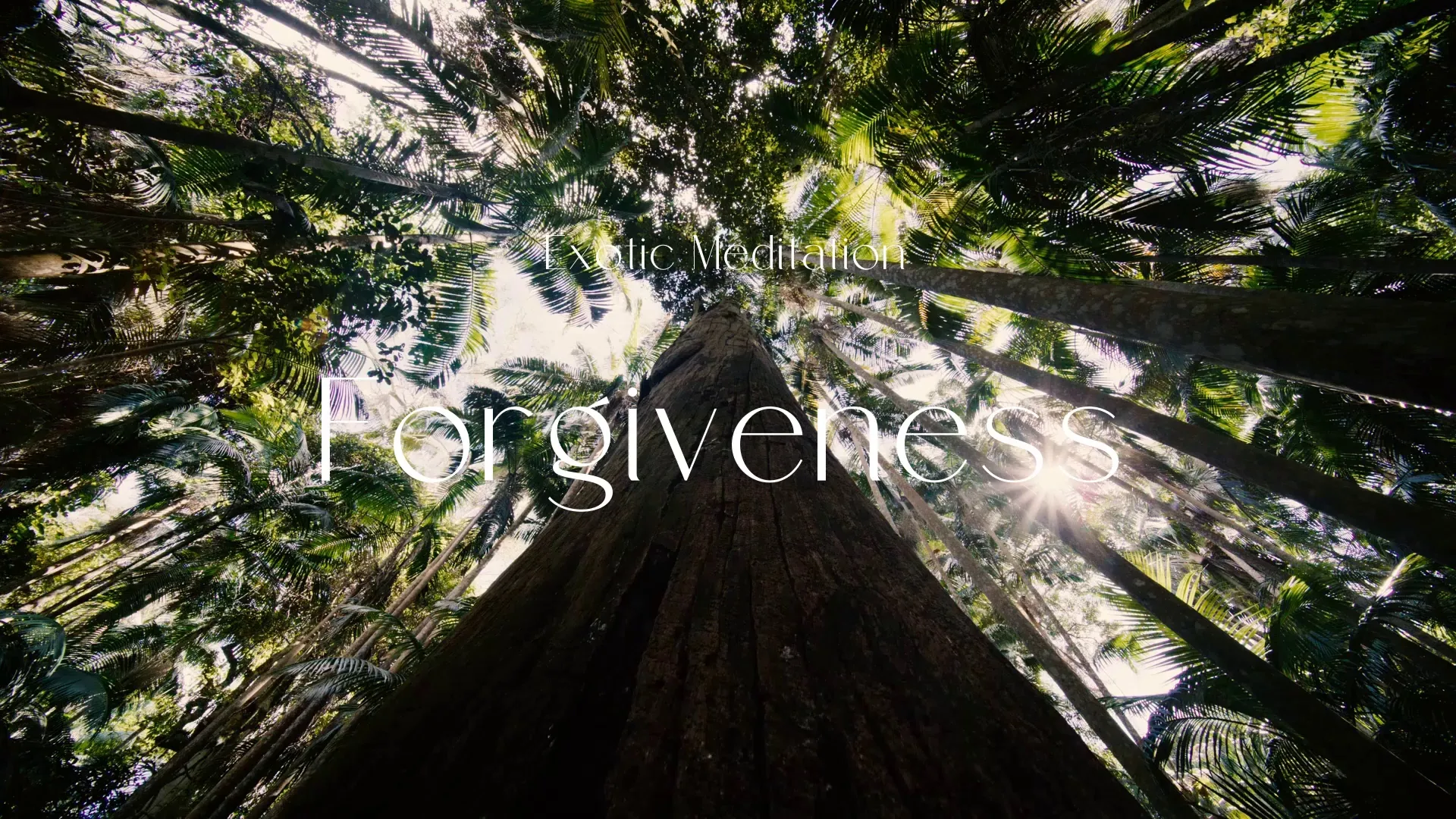

.webp)


.webp)